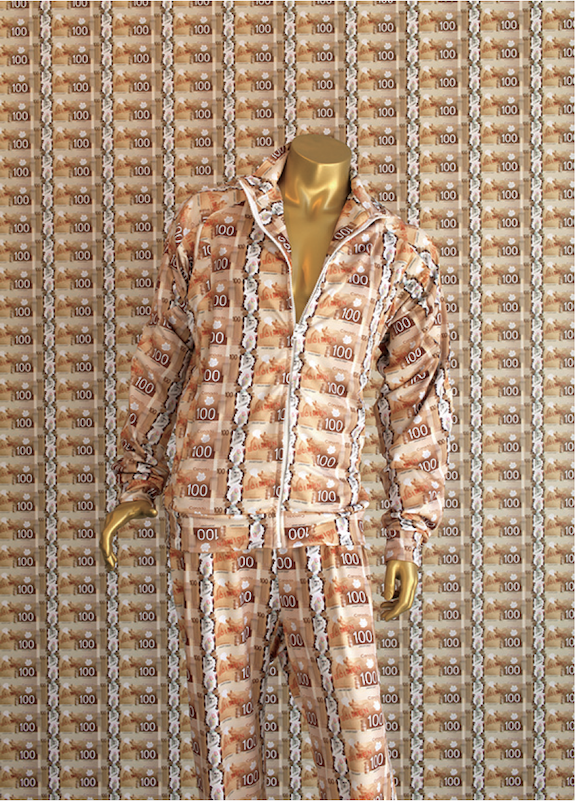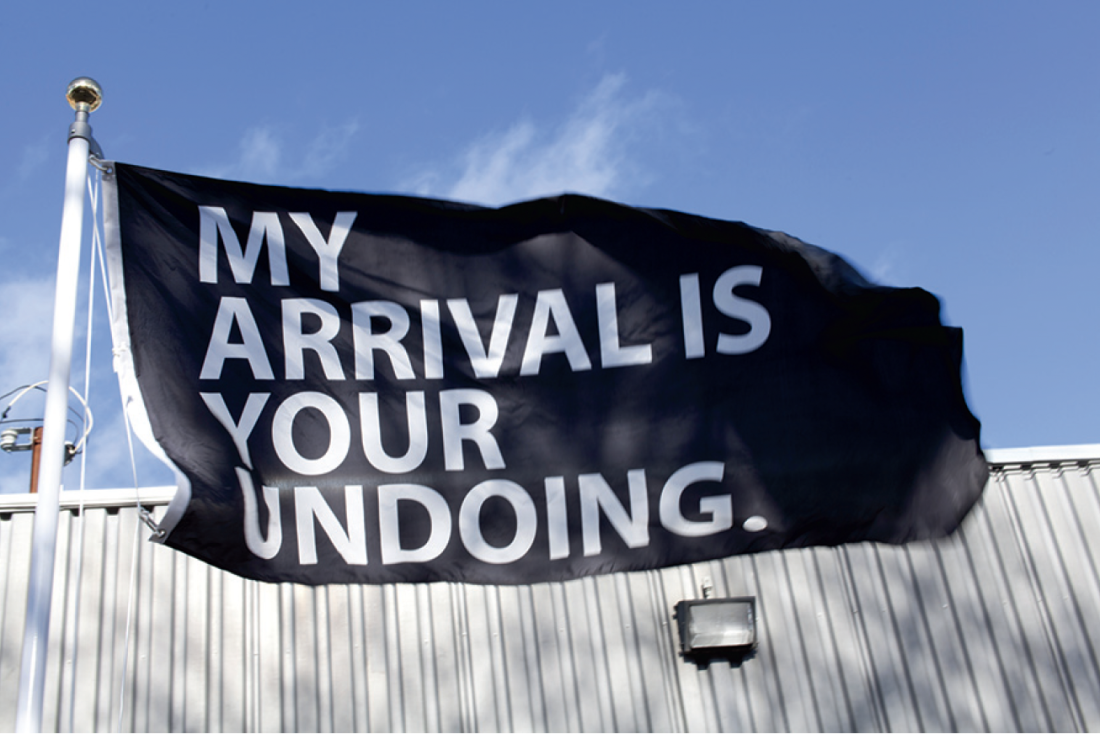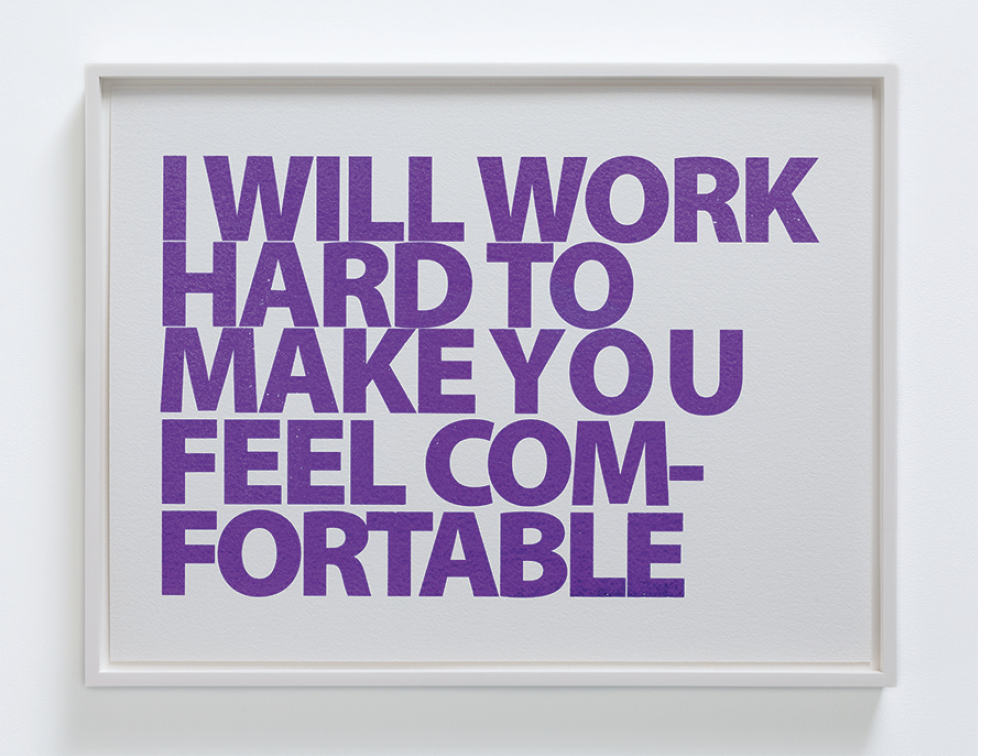Divya Mehra
In Balzac’s magnum opus La Comédie humaine, the disjointed gaze of Eugène de Rastignac is regularly deployed as a mechanism for attempting to “fathom the mysteries of an appalling condition,” namely, the salons of 18th-century Paris. Having recently relocated to the centre of Paris from Angoulême in the south of France, Rastignac’s station outside of French aristocracy accords the protagonist of Le Père Goriot, 1865, a particular narrative relevance by way of his exclusion. From this foreign vantage Rastignac studies those that hold power so as to better mimic their speech and gestures in the hope of one day winning societal sway himself, an attempt that in Le Père Goriot is repelled by an uttered faux pas, finding that when one begins outside it is difficult to then be granted access.
Whereas Rastignac attempts to instrumentalize his studied observations to gain acceptance, in “Pouring Water on a Drowning Man” Divya Mehra mobilizes her sagacious gaze as a means of resisting those same cultural conventions. Upon approach, planted atop Georgia Scherman Projects flies a black flag that reads in bold white type, “MY ARRIVAL IS YOUR UNDOING.” signalling a claim upon a new territory by a recent ‘liberator.’ The work is titled There are Greater Tragedies. As is the case throughout, the tension between what is read and what is intended is purposefully concealed through language. As such, this proclamation can equally be interpreted as being an emancipatory one, or as one that runs asunder the space below.

Divya Mehra, Neutral Ethnicity (I guess the money should’ve changed him, I guess I should’ve forgot where I came from), 2014, XS, S, M, L, XL performance kit. Courtesy Georgia Scherman Projects, Toronto and the artist. Photographs: Christopher Lacroix.
Within the front space of the gallery hang six works from the series “How to do things with words (Culture and Captivity),” lettered with the same bold typeface as the presiding flag above. The series title literally spells out Mehra’s aim: the direct challenging of language as a construction within which we are imprisoned. The machinations of linguistic apparatus are always at their most wicked when we find ourselves vulnerable, particularly in those early days of navigating relations within an unfamiliar community. In these works Mehra foregrounds the division between language and intention, naming each work with the subtext of its written declaration. “LEARN TO FADE IN” is titled Striving toward enhanced linguistic tolerance (an Opening of opportunity), while Doomsday (Collective Failure) OR Death may be your dessert is ascribed as being the implicit meaning behind the statement “ANOTH-ER DINNER RUINED.” Each of the six slogans reflects the ease with which language can carry multiple, layered messages. Through the repetition of these muddying phrases, the unspoken is repeatedly cut back into the announced, producing a jarring mash of words and wills. Painted using sizzurp and acrylic ink, their admixture produces a particularly resonant purple that in both chemistry and colour references Houston hip-hop culture.

There are Greater Tragedies, 2014, 70 denier high tenacity nylon, 36 x 72 inches. Courtesy Georgia Scherman Projects and the artist.
Sizzurp, or purple drank, is a recreational drug that mixes pharmaceutical strength cough syrup containing codeine and promethazine with Sprite or Mountain Dew. Its effects are a slowed, euphoric state accompanied by a loss of motor skills, including slurred speech and the feeling of needing to lean over. The use of sizzurp on the Houston hip-hop scene was almost immediately made manifest sonically by DJ Screw, who in the mid-1980s began slowing records to 60 bpm while cutting two of the same slowed records into one another, producing the choppy, looped beats and rhymes known as Chopped & Screwed. Instead of emulating already marketable models from the east or west coasts, because of its slowed tempo Houston’s sound was immanently resistant to mass appeal, favouring instead the phenomenal experience of language and the strangeness of storytelling.
More DJ Screw than Eugène de Rastignac, in “Pouring Water on a Drowning Man” Mehra exhibits the ability of language to hold us captive, but leaves room for a potential decampment. Semi-unfurled across the tiled alcove of the back gallery, Contemporary South Asian Art (Conflicts of Perceptions/Oh hey she’s just too mainstream!) is a protracted serpentine paper scroll digitally printed with woven patterned carpets. As a stand in for the easy assignment of cultural stereotypes through language, its seeming capacity for infinite regeneration is alarming, revealing the care needed when attempting to make yourself understood. Yet in its recurrence it allows for unexpected outcomes. Through every new transmission communication reappears in a state of infancy as pure potentiality, producing myriad future extensions and reconstitutions, each one capable of releasing us from language’s beguiling spell. ❚

You Made Me, 2014, sizzurp, acrylic ink on watercolour paper, 21.5 x 28 inches framed. Courtesy Georgia Scherman Projects and the artist.
“Pouring Water on a Drowning Man” was exhibited at Georgia Scherman Projects, Toronto, from May 29 to July 5, 2014.
Aryen Hoekstra is an artist based in Toronto where he currently serves as the director of G Gallery.

